SDG GOAL 14
LIFE BELOW WATER
Conserve and sustainably use the oceans, seas and marine resources for sustainable development
|
|
|
|
DIRECT NAVIGATION TO INDIVIDUAL WEBPAGE FOR EACH GOAL
|
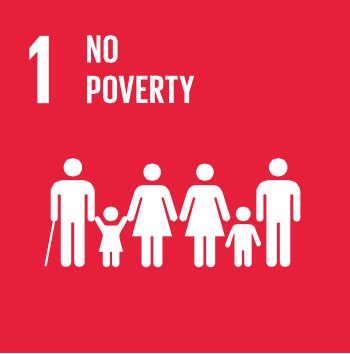
|
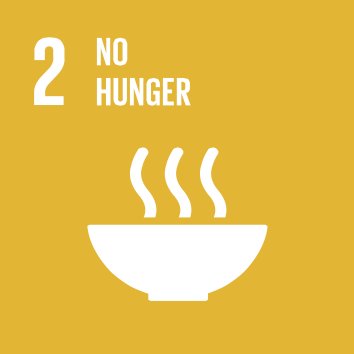
|
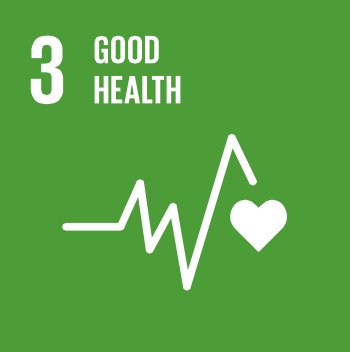
|
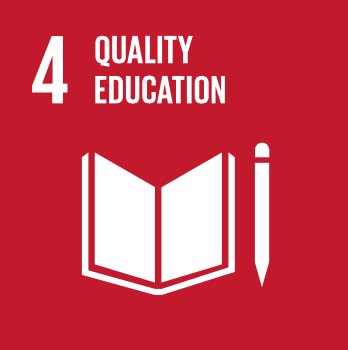
|
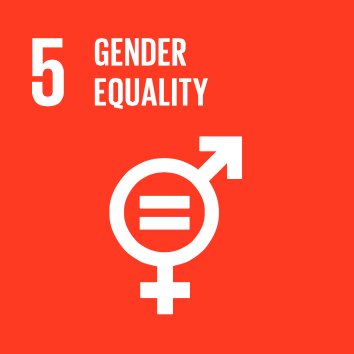
|
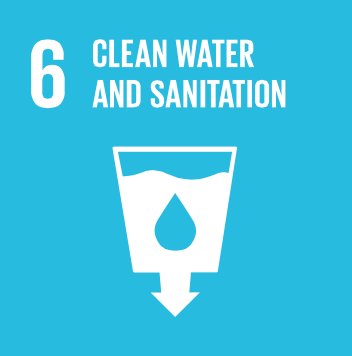
|
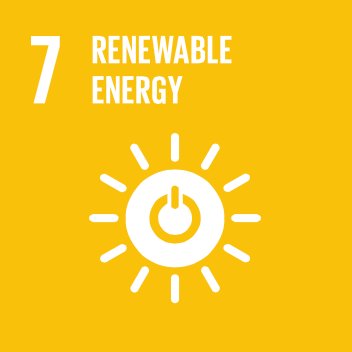
|
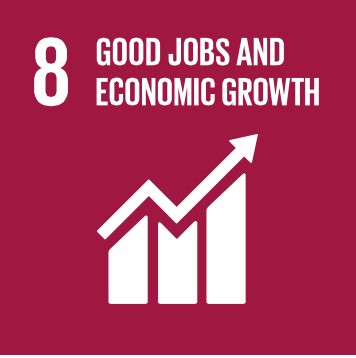
|
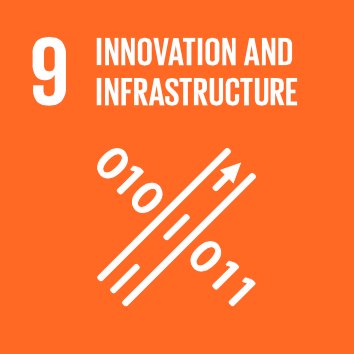
|
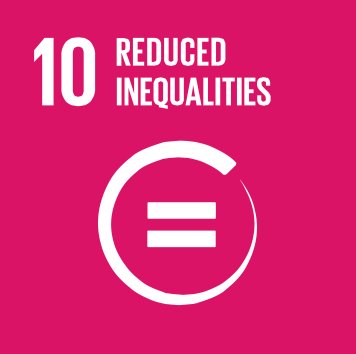
|
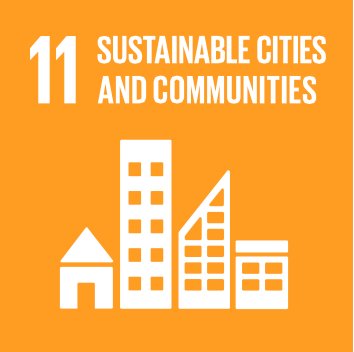
|
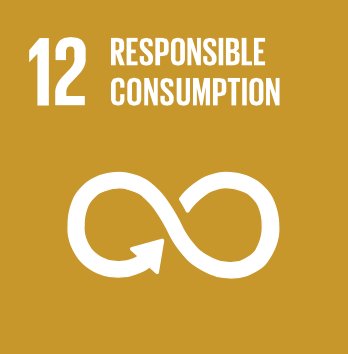
|
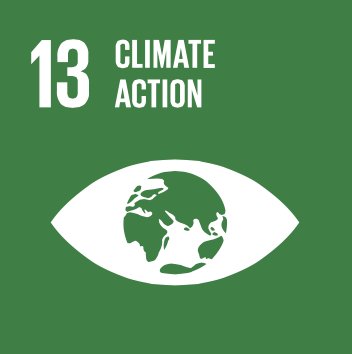
|
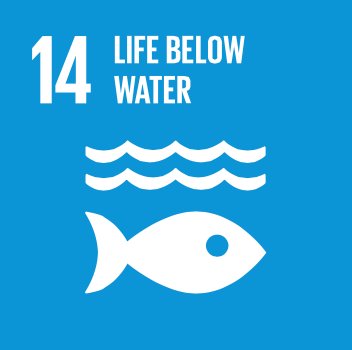
|
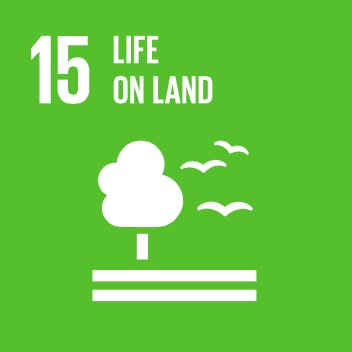
|
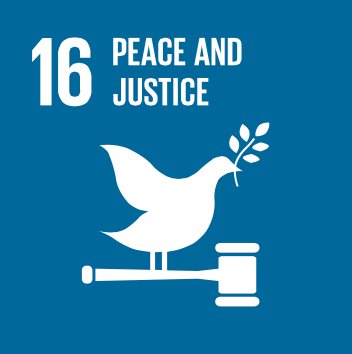
|
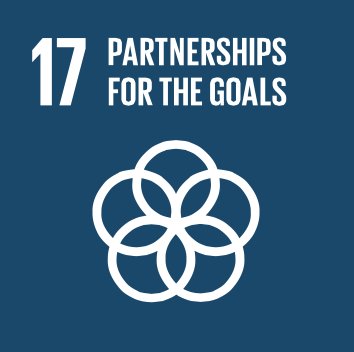
|
|
SDG GOAL 14 ... LIFE BELOW WATER
Conserve and sustainably use the oceans, seas and marine resources for sustainable development
|

|
Goal 14. LIFE BELOW WATER ... Conserve and sustainably use the oceans, seas and marine resources for sustainable development
|
|
|
Goals and targets
|
Indicators
|
|
|
14.1
|
By 2025, prevent and significantly reduce marine pollution of all kinds, in particular from land-based activities, including marine debris and nutrient pollution
|
14.1.1 Index of coastal eutrophication and floating plastic debris density
|
|
|
14.2
|
By 2020, sustainably manage and protect marine and coastal ecosystems to avoid significant adverse impacts, including by strengthening their resilience, and take action for their restoration in order to achieve healthy and productive oceans
|
14.2.1 Proportion of national exclusive economic zones managed using ecosystem-based approaches
|
|
|
14.3
|
Minimize and address the impacts of ocean acidification, including through enhanced scientific cooperation at all levels
|
14.3.1 Average marine acidity (pH) measured at agreed suite of representative sampling stations
|
|
|
14.4
|
By 2020, effectively regulate harvesting and end overfishing, illegal, unreported and unregulated fishing and destructive fishing practices and implement science-based management plans, in order to restore fish stocks in the shortest time feasible, at least to levels that can produce maximum sustainable yield as determined by their biological characteristics
|
14.4.1 Proportion of fish stocks within biologically sustainable levels
|
|
|
14.5
|
By 2020, conserve at least 10 per cent of coastal and marine areas, consistent with national and international law and based on the best available scientific information
|
14.5.1 Coverage of protected areas in relation to marine areas
|
|
|
14.6
|
By 2020, prohibit certain forms of fisheries subsidies which contribute to overcapacity and overfishing, eliminate subsidies that contribute to illegal, unreported and unregulated fishing and refrain from introducing new such subsidies, recognizing that appropriate and effective special and differential treatment for developing and least developed countries should be an integral part of the World Trade Organization fisheries subsidies negotiationc
|
14.6.1 Progress by countries in the degree of implementation of international instruments aiming to combat illegal, unreported and unregulated fishing
|
|
|
14.7
|
By 2030, increase the economic benefits to small island developing States and least developed countries from the sustainable use of marine resources, including through sustainable management of fisheries, aquaculture and tourism
|
14.7.1 Sustainable fisheries as a percentage of GDP in small island developing States
|
|
|
14.a
|
Increase scientific knowledge, develop research capacity and transfer marine technology, taking into account the Intergovernmental Oceanographic Commission Criteria and Guidelines on the Transfer of Marine Technology, in order to improve ocean health and to enhance the contribution of marine biodiversity to the development of developing countries, in particular small island developing States and least developed countries
|
14.a.1 Proportion of total research budget allocated to research in the field of marine technology
|
|
|
14.b
|
Provide access for small-scale artisanal fishers to marine resources and markets
|
14.b.1 Progress by countries in the degree of application of a legal/regulatory/policy/institutional framework which recognizes and protects access rights for small-scale fisheries
|
|
|
14.c
|
Enhance the conservation and sustainable use of oceans and their resources by implementing international law as reflected in the United Nations Convention on the Law of the Sea, which provides the legal framework for the conservation and sustainable use of oceans and their resources, as recalled in paragraph 158 of “The future we want”
|
14.c.1 Number of countries making progress in ratifying, accepting and implementing through legal, policy and institutional frameworks, ocean-related instruments that implement international law, as reflected in the United Nation Convention on the Law of the Sea, for the conservation and sustainable use of the oceans and their resources
|
|
INDICATORS / WORKING NOTES
Goal 14 ... Proposed Indicators 87 to 88
Potential and Illustrative Core Indicators
|
|
Indicator 87:
|
Ocean Health Index
Rationale and definition: Two-thirds of the world’s surface consists of oceans, and half of its surface consists
of high seas. The health of oceans is critical for human wellbeing. No single variable is available to track the
health of complex ocean and coastal systems, so the SDSN proposes to use the composite Ocean Health
Index, which assesses the overall health of the world’s oceans.
The Ocean Health Index measures 10 aspects of marine ecosystems and their use by humans: food provision,
artisanal fishing opportunities, natural products, carbon storage, coastal protection, tourism and recreation,
coastal livelihoods and economies, sense of place, clean waters, and biodiversity.162 Each aspect is evaluated
along four dimensions: present status, current trends, existing pressures, and resilience. These four
dimensions take into consideration a wide range of factors such as ocean acidification and nutrient pollution
(as pressures) and institutional factors such as marine protected areas (as contributing to resilience).163 In
this way the Ocean Health Index provides the best available shorthand index for the status of the world’s
oceans and coastal areas.
Disaggregation: We propose that the Ocean Health Index be compiled at national and regional levels.
Countries should also disaggregate the index by key marine systems.
Comments and limitations: The Index can be calculated for each country and region. Each dimension of the
Index is assessed by local expert communities who define the appropriate reference points, which define the
objective that the country will aim for, and against which measurements of progress can be monitored
annually.
Preliminary assessment of current data availability by Friends of the Chair: C
Potential lead agency or agencies: Ocean Health Index Partnership.
|
|
|
Indicator 88:
|
Percentage of fish stocks within safe biological limits (MDG Indicator)
Rationale and definition: The percentage of fish stocks within safe biological limits is defined as the
percentage of fish stocks or species that are exploited within the level of maximum sustainable biological
productivity. The indicator provides an important measure of the sustainable management of the world’s
fisheries. The stock assessment classifies fish stocks into 3 categories: non-fully exploited, fully exploited,
and overexploited. The stocks within safe biological limits are those classified as non-fully exploited and fully
exploited. 164
Disaggregation: By region and global. Other opportunities for disaggregation to be reviewed
The FAO has divided the world oceans into 21 statistical areas and stock assessment is carried out based on
these statistical areas. In total, 584 fish stocks and species have been monitored since 1974, with stock
assessment information on 441 stock or species.
162 Halpern, B. et al., (2012), An index to assess the health and benefits of the global ocean, Nature 488, 615–620. See :
http://www.nature.com/nature/journal/v488/n7413/full/nature11397.html
163 For detailed information on the methodology used to calculate the Index, see: www.oceanhealthindex.com
164 See MDG Indicators website for consideration on “maximum sustainable biological productivity” and method of computation:
http://mdgs.un.org/unsd/mi/wiki/7-4-Proportion-of-fish-stocks-within-safe-biological-limits.ashx
Revised working draft (July 25, 2014)
92
Comments and limitations: To be reviewed.
Preliminary assessment of current data availability by Friends of the Chair: B
Potential lead agency or agencies: FAO.
Additional indicators that countries may consider:
• [Use of destructive fishing techniques] - Indicator to be developed: This indicator tracks the use of
destructive fishing techniques, such as trolley fishing.
• [Eutrophication of major estuaries] - Indicator to be developed: The increased levels of nutrient
runoff and untreated sewage resulting from human activities, are leading to eutrophication, harmful
algal blooms (HAB)165 and “dead zones”. The levels of eutrophication need to be monitored in all
major estuaries.
• [Indicator on the implementation of spatial planning strategies for coastal and marine areas]— to
be developed: Marine spatial planning is a strategy to distribute (spatially and temporally) human
activities in coastal and marine areas in order to guarantee those ecological, social and economic
objectives that are decided through a public and political process.166
• Area of coral reef ecosystems and percentage live cover: This indicator measures the area of live
coral reef ecosystem coverage within the national waters.
165 Naeem, S., Viana, V., Visbeck, M., (2014, forthcoming), Forests, Oceans, Biodiversity and Ecosystem Services, Draft report of the
Thematic Group FOBES, SDSN. To be published by Sustainable Development Solutions Network.
166 For more information, see website of IOC UNESCO initiative on marine spatial planning: http://www.unesco-ioc-marinesp.be
Revised working draft (July 25, 2014)
|
|
|
|
|

